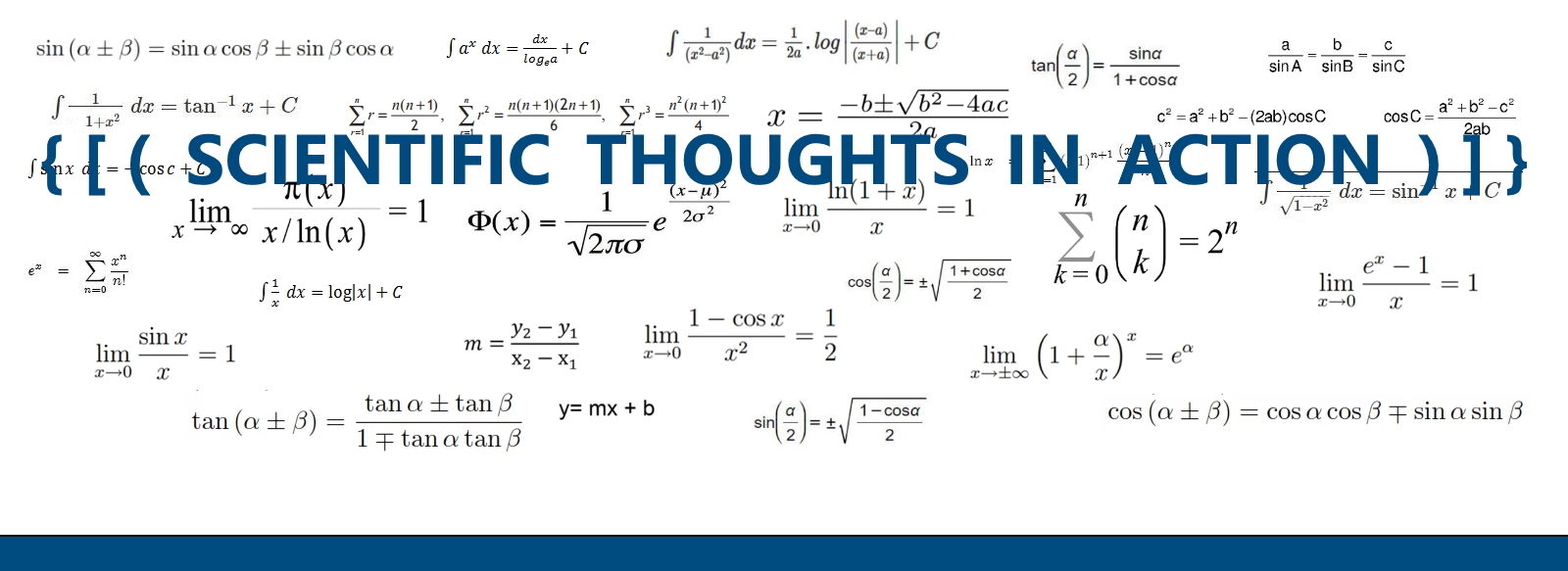“We are living in a global world.”
In the cyberspace many things are going to happen. Cyberspace is not a parallel world but it is wired to the real world and it is made up of Internet and whatever is connected to it (Internet of Things or IoT for short).
Cyberspace is become the new battle space where many actors fight their cyber war. The design of Internet and flaws in software and hardware make it possible.
Many countries are developing cyberweaponary to use to cyber strikes, espionage or in retaliation against major cyber attacks.
Cybercriminal groups operate in the cyberspace to easily gain money and illegal profits and so on.
As a consequence we have two types of figure:
- Cyber warriors: generally hackers that work for a "military" regular structure of a country;
- Cybercriminals: hackers that do something like going where are "not authorized" breaking the laws.
Both of them can carry out searches of faraway attacks or release logic bomb in any "virtual place" in the world. The name of these logic bombs are viruses, worms and phishing scams and so on that we can identify with an only word "malware".
About the cyber warfare we can measure the cyber war strength of a nation using a group of indicators which we can see in the following table.
Cyber War Strength
| Cyber War Strength | |
| Indicator | Description |
| Cyber Offence | It is the action by a nation-state to penetrate another nation’s computer s or networks for the purposes of causing damage or disruption. |
| Cyber Espionage | It is the act or practice of obtaining secrets without the permission of the holder of the information for a strategic advantage. |
| Cyber Sabotage | It is the act or practice of modifying secrets without the permission of the holder of the information for a strategic advantage. |
| Cyber Defence | The ability to take actions that under attack will block or mitigate the attack. |
| Cyber Dependence | It is the grade a nation is wired, reliant upon networks and systems that could be vulnerable in the event of cyber war attack. |
References
- Richrad A. Clarke and Robert K. Knake, Cyber War, HarperCollins 2010;
